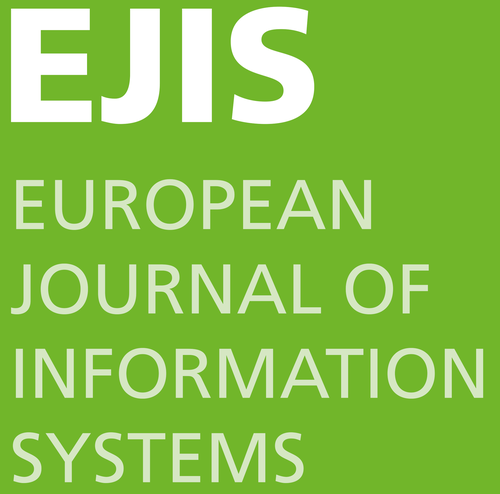- Posted Dec. 15, 2020
How digital technologies support virtual collaboration during the pandemic crisis
Study: An affordance perspective of team collaboration and enforced working from home during COVID-19
Problem:- Many governments have forced people to stay at home, in order to contain the widespread of COVID-19.
- Knowledge workers face a sudden and radical shift from on-site to virtual collaboration.
- They need to find a quick technological solution to sustain "business as usual" - even explore new technology-afforded possibilities (i.e., technological affordances).
- Pre-pandemic remote e-workers were often marginalised compared to their in-office counterparts which created feelings of social and professional isolation.
We interviewed 29 knowledge workers from different professional backgrounds who were based in countries all around the world about their experiences of being required to work from home and the effects on their collaboration.
Take away:- We introduced the term “enforced work from home” which is different from traditional working from home as people have no choice, there was no preparation phase, no flexibility and the scale is huge.
- Employees engage in less ad-hoc conversations, which in turn impacts the overall team communication and knowledge sharing. The reduced interactions affect in particular the learning journey of junior employees. However, as the communication became more orchestrated, employees experienced fewer interruptions from their colleagues.
- Virtual meetings are perceived as a double-edged sword. While allowing employees to sustain "business as usual", virtual meetings are far more attention-taxing than face-to-face conversations.
- But virtual meetings offer social affordances if designed effectively and can compensate for the missing in-person informal gatherings.
- The technological affordances enable equal opportunities of communications regardless of the physical proximity as well as a less hierarchical structure between the leader and team which levelled the playing field between remote e-workers and pre-COVID19 on-site employees.
- We conclude that the optimal solution is neither the traditional extreme of everyday in the office, nor the enforced work from home everyday, but rather a hybrid where the affordances between the two locations can be balanced.
Publication Details
- Authors:Lena Waizenegger
- Brad McKenna
- Wenjie Cai
- Taino Bendz
- Categories: Information Systems
- Link: https://orsociety...
European Journal of Information Systems

- Year: 2020
- Volume: 29
- Issue: 4
- Pages: 429-442




